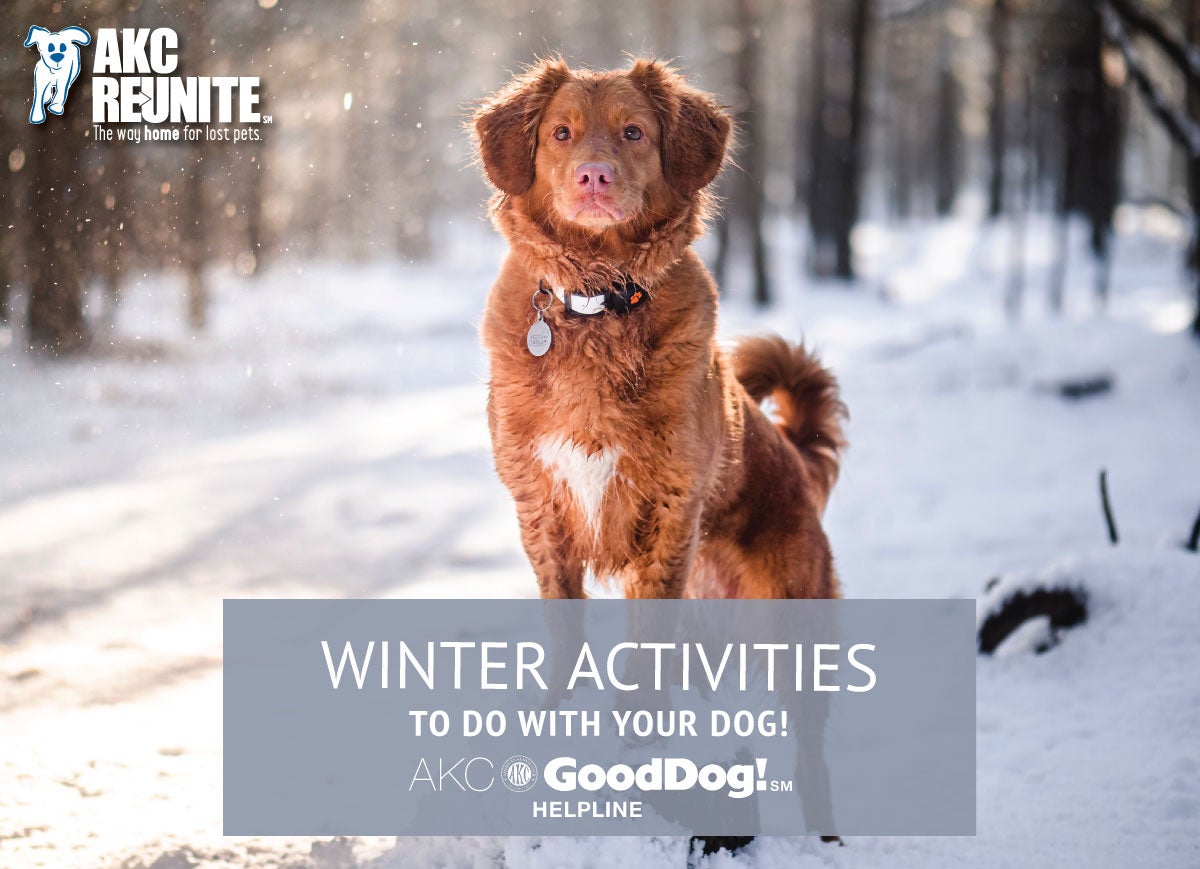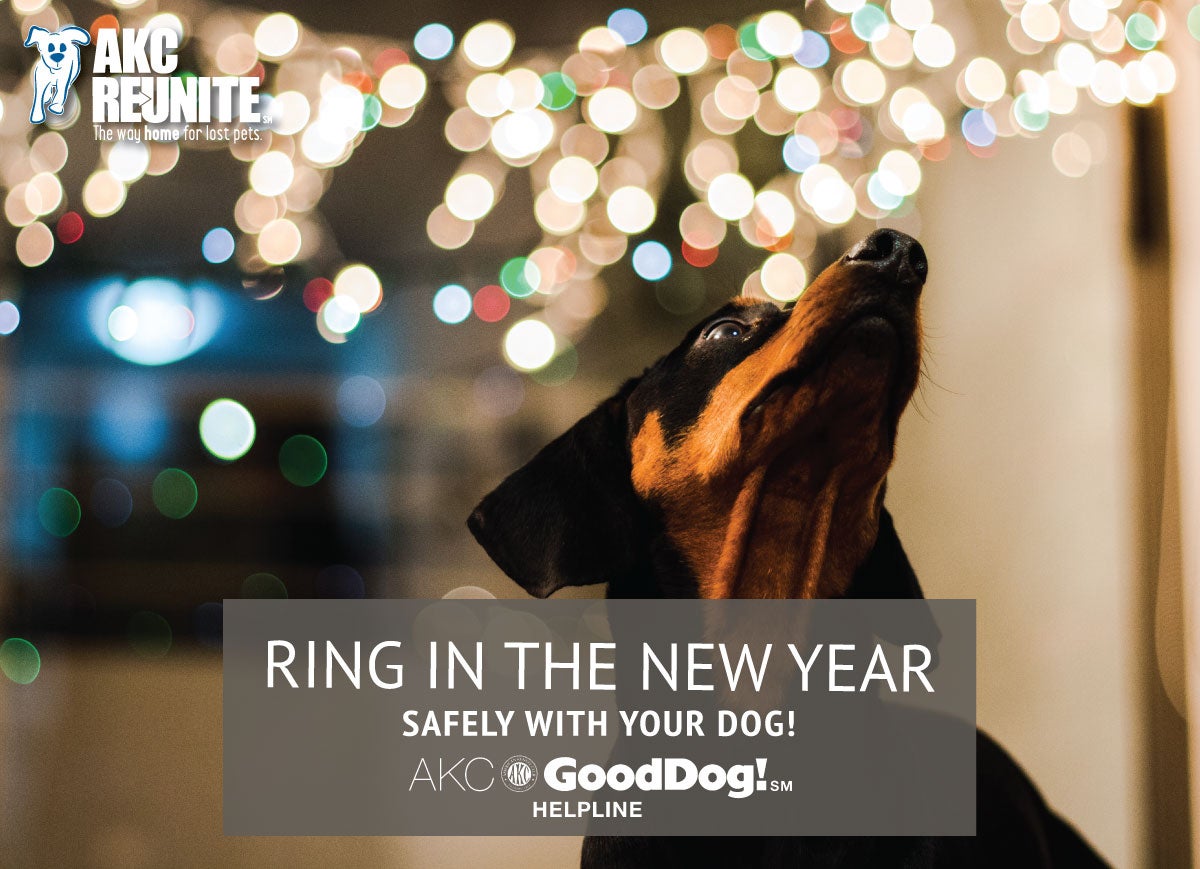How to Curb Open Door Darting
Brought to you by the AKC GoodDog! Helpline – the AKC’s 7-day-a-week training support service
By: Hilarie Erb
We have done a good job of teaching our dogs that opening the front door is a big deal. No matter what we’re doing, we drop everything and run to the door when the bell rings. It makes for an exciting time, and many dogs will take advantage of the chaos to bolt through the open door. Training a dog not to do this is essential for safety, and learning ways to manage the behavior is a must until the dog has learned what to do. The following is a list of tips to help you make the front door a less dangerous place.
- Foundation of basic obedience training: Start by teaching basic obedience commands like “sit,” “stay,” and “come.” A few tricks will add some fun too. This will give you something you can ask your dog to do at the door instead of dashing through it.
- Desensitization: Desensitize your dog to doors by practicing approaching and going through them calmly, when nobody is there. Use treats and positive reinforcement to reward your dog for calm behavior near doors. Gradually, work toward having a family member ring the bell from outside. Sometimes you’ll go to the door, sometimes not. Sometimes open it, sometimes don’t.
- Teach wait: Introduce the “wait” cue, which means your dog must pause and wait for your release cue before moving. Do not open the door if the dog is not waiting. Reward with high value treats for staying put!
- Door management: This is crucial. Teaching your dog to wait at the door will take time, so in the meantime safety measures must be taken. Keep interior doors closed or use baby gates to restrict access to areas with doors that open to the outside until your dog is reliably trained. Keep a leash by the door and snap it to your dog’s collar before opening it. Whoever is there can wait a few seconds!
- Crate train: Make the crate a happy place. When the doorbell rings, usher your dog to the crate with a high value treat. If you are consistent with this, your dog will prefer going to the crate to going out the door.
- Doorway exercises: Practice exercises around doorways. Have your dog on a leash and ask for a sit or down before opening the door. Gradually increase the duration before being released. Another trick is to toss a handful of treats away from the door – this will teach your dog that being far from the door can have good results.
- Reinforce good behavior: Anytime your dog waits patiently at an open door, reward with treats, praise, and affection. Consistency is key to reinforcing the desired behavior.
- Use real-life scenarios: Practice with real-life scenarios in which doors are frequently opened, such as when guests arrive or when leaving the house for walks. Ensure your dog waits calmly before being allowed to move through the door.
- Keep everyone on the same page: Every family member must adhere to the new training and management plan. When small children and their friends are involved, close supervision is already necessary. Your own children may understand the rules about doors, but since their friends may not, the safest thing is to have your dog in a crate or quiet room away from the action.
What makes a “high value” treat? Something like meat, cheese, chicken, or hot dog pieces. The smallest bit of a high value treat can greatly increase your dog’s motivation. People at the door cause high excitement, and when a dog is over-the-top stimulated, store-bought treats will usually not be noticed. The more difficult the situation, the more valuable the treat should be. Remember that training requires patience, consistency, and positive reinforcement.
There are also times that you should simply have your dog safely out of the picture, for example when repair people are going in and out, deliveries being made, or when you are having a party with lots of guests arriving. These are when you should set up a nice quiet place in a quiet room, with your dog’s crate and an extra special treat to pass the time.
For more tips and advice on training your dog, join the AKC GoodDog! Helpline, a seven-day-a-week telephone support service staffed by experienced dog trainers: www.akcgooddoghelpline.org.
RELATED POSTS
Basic Training Cues Your Dog Will Love
A good relationship with your puppy doesn’t just happen overnight, but it’s easy to build one with simple cues and positive reinforcement training!
Winter Activities to do with your Dog!
Unless you live in a year-round mild climate, you and your dog can get stir-crazy during cold, snowy, or wet winter weather conditions. That's why we've compiled a list of winter activities you can do with your best friend!
Ring in a Happy and Safe New Year with your Dog
Start the new year off with a celebration and some resolutions that will make the party — and the coming year — safe for your dog!






